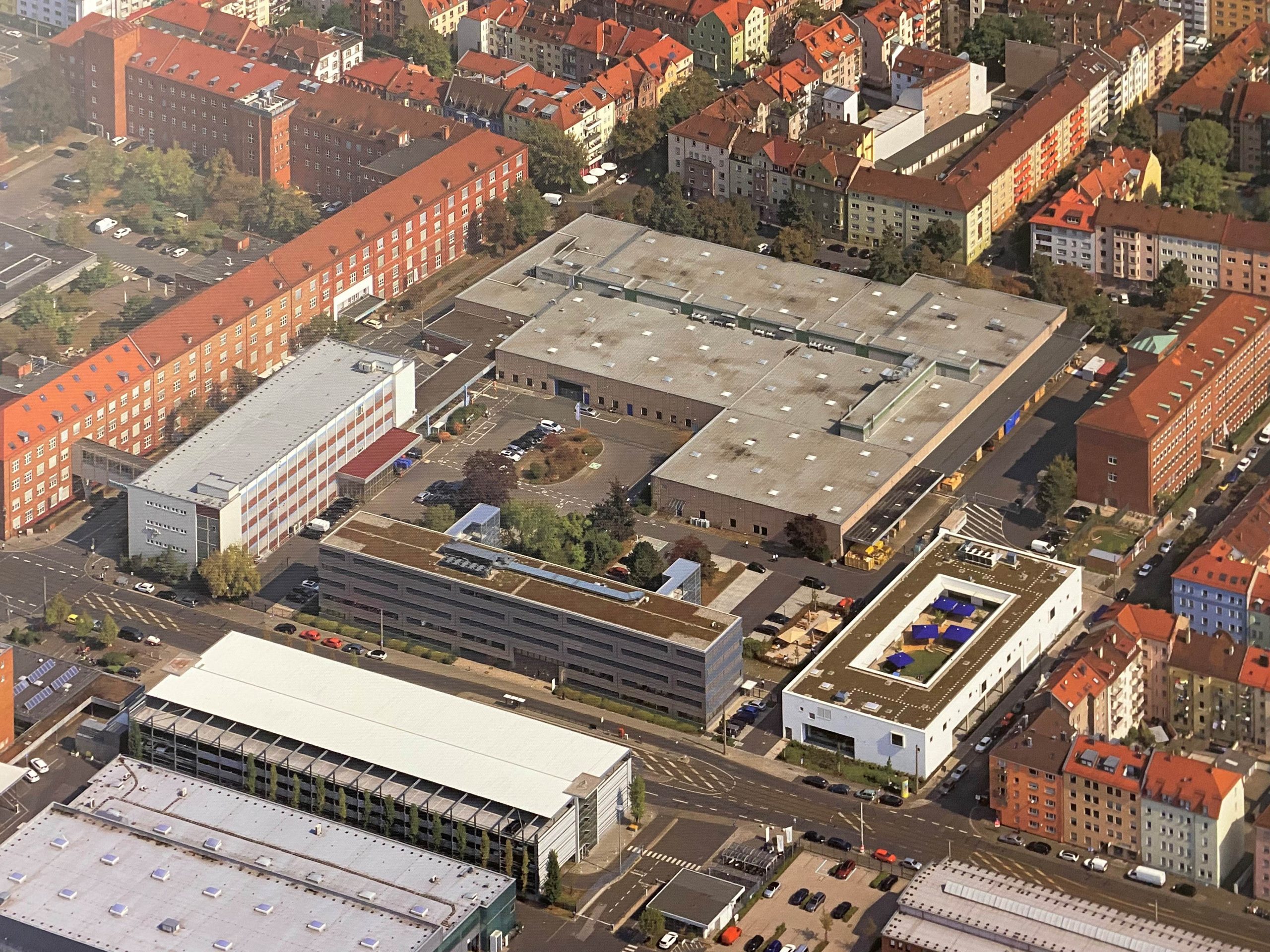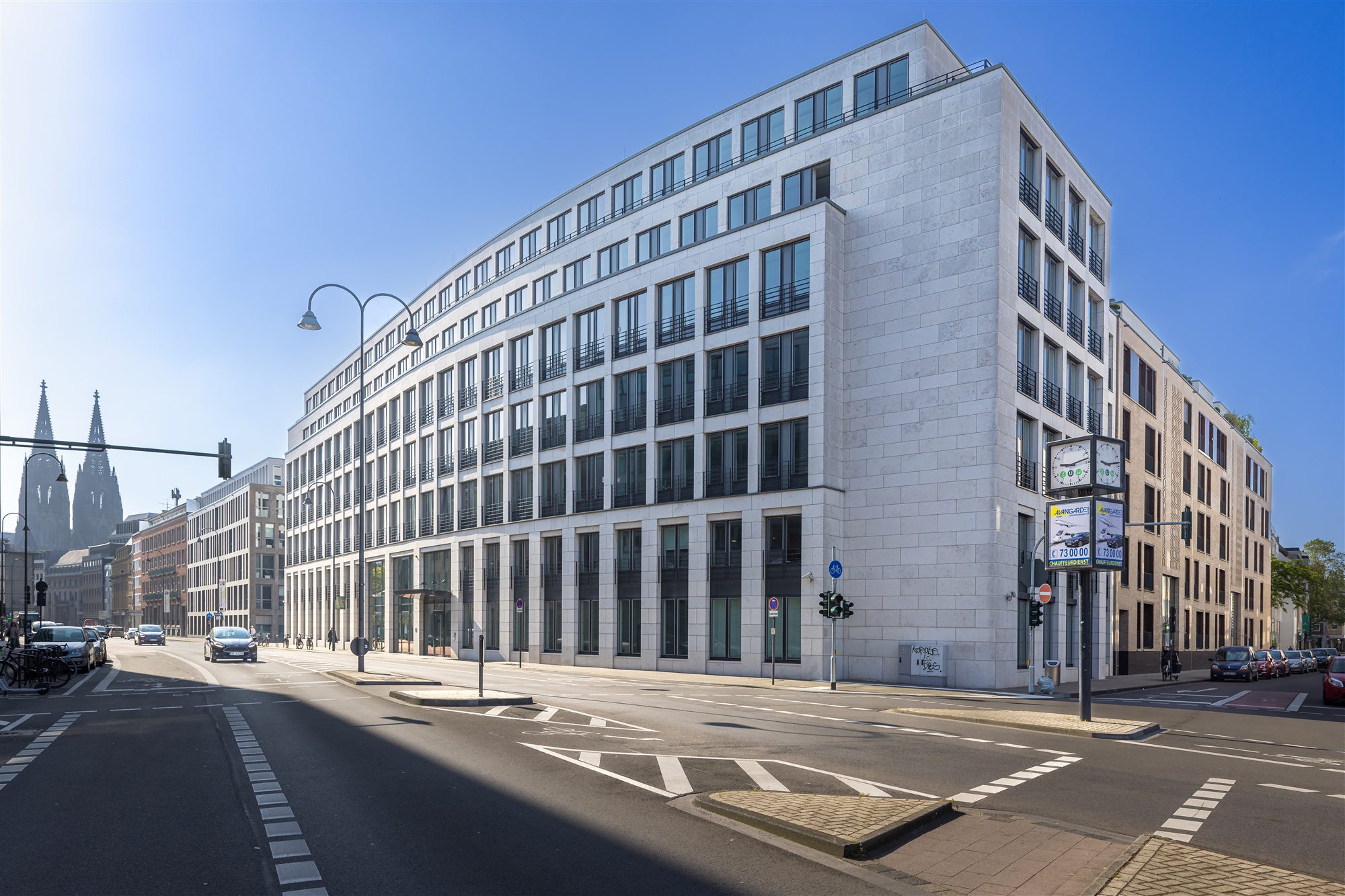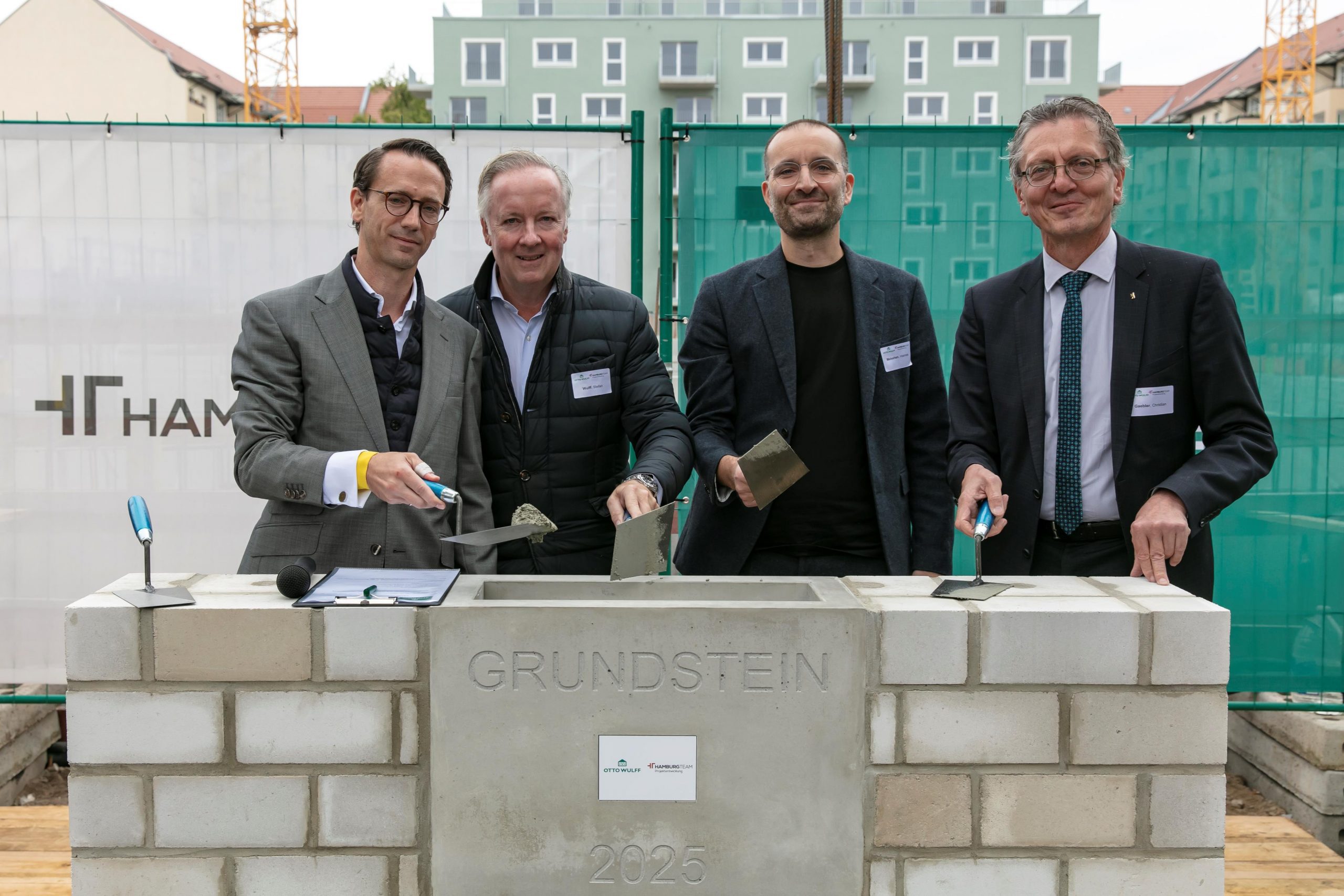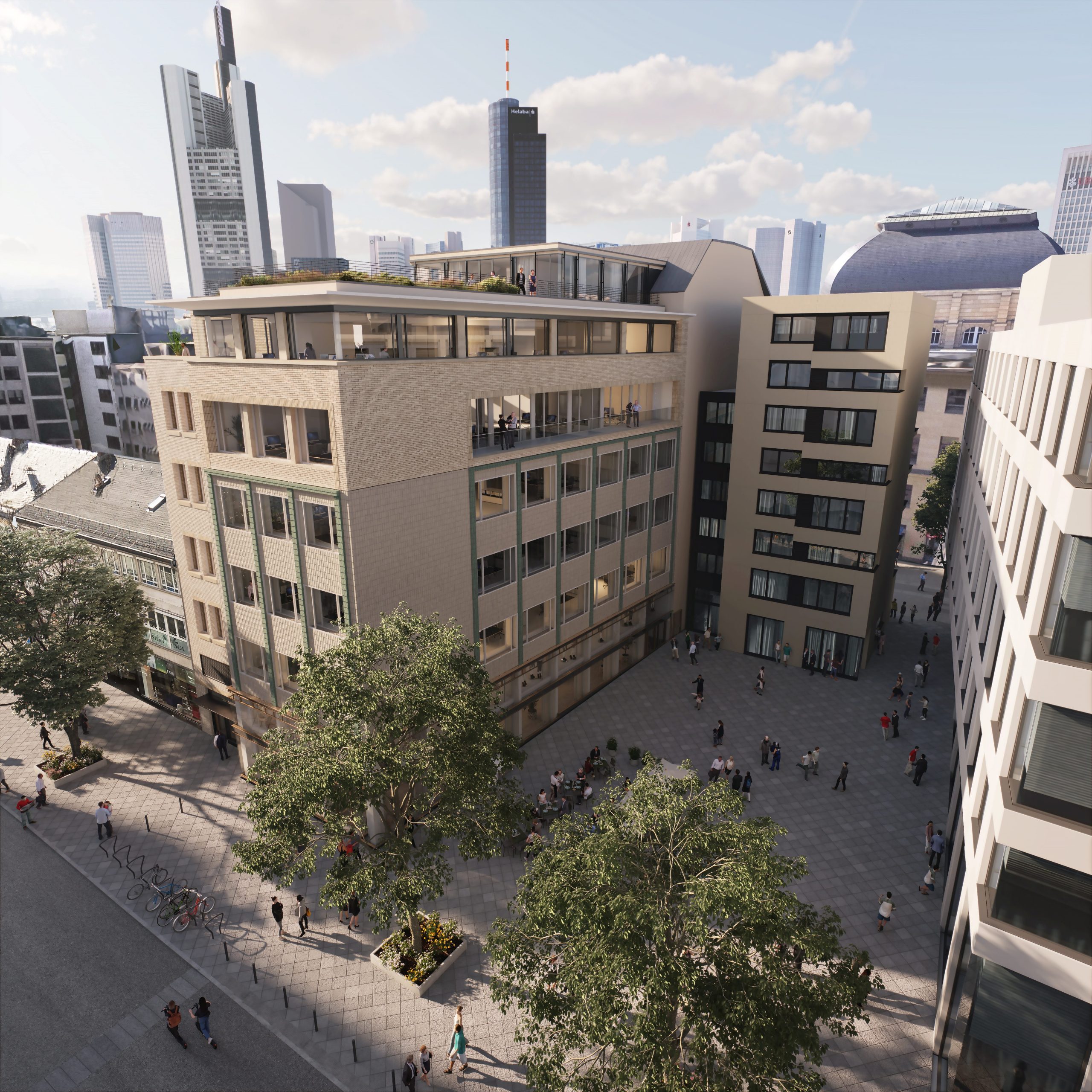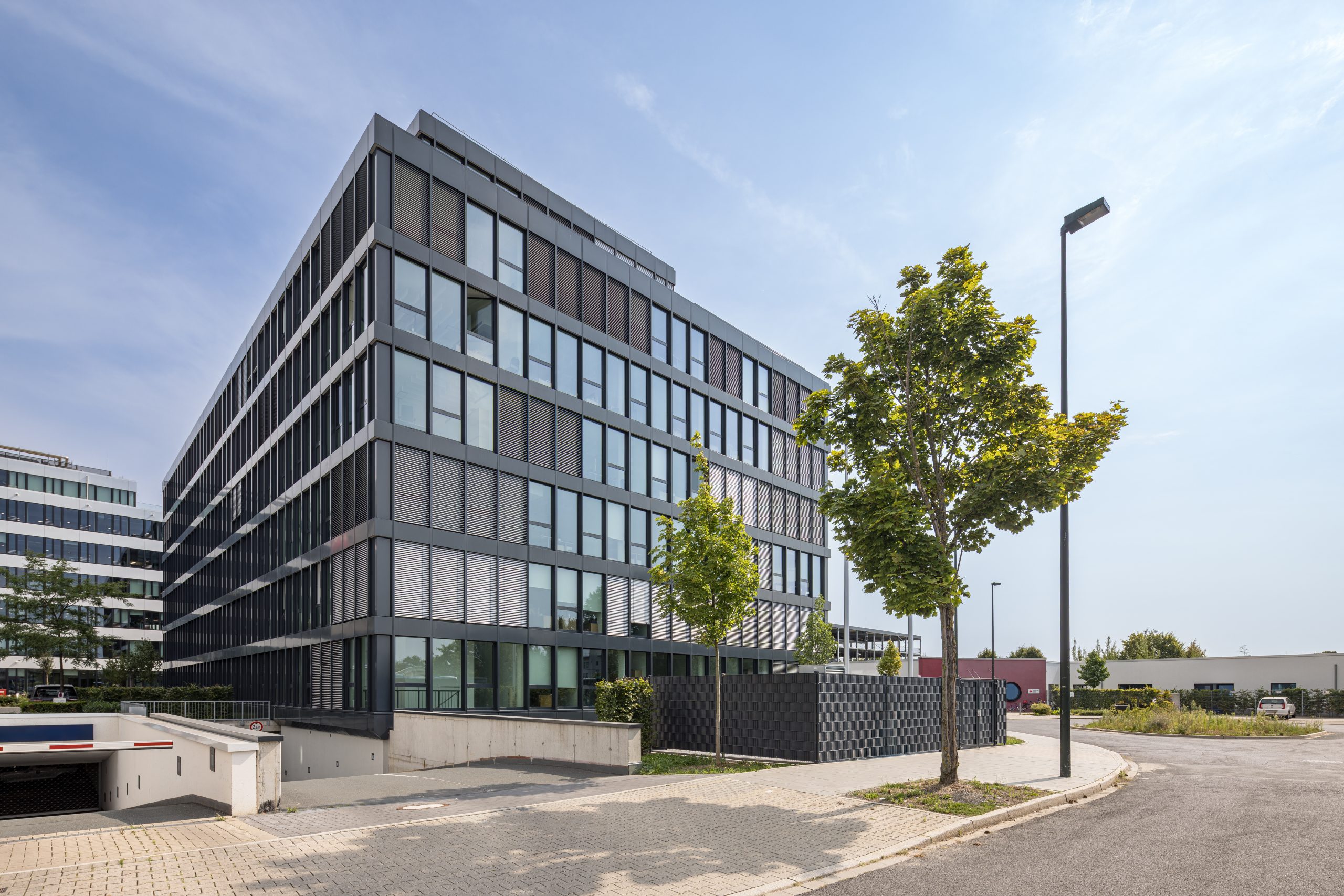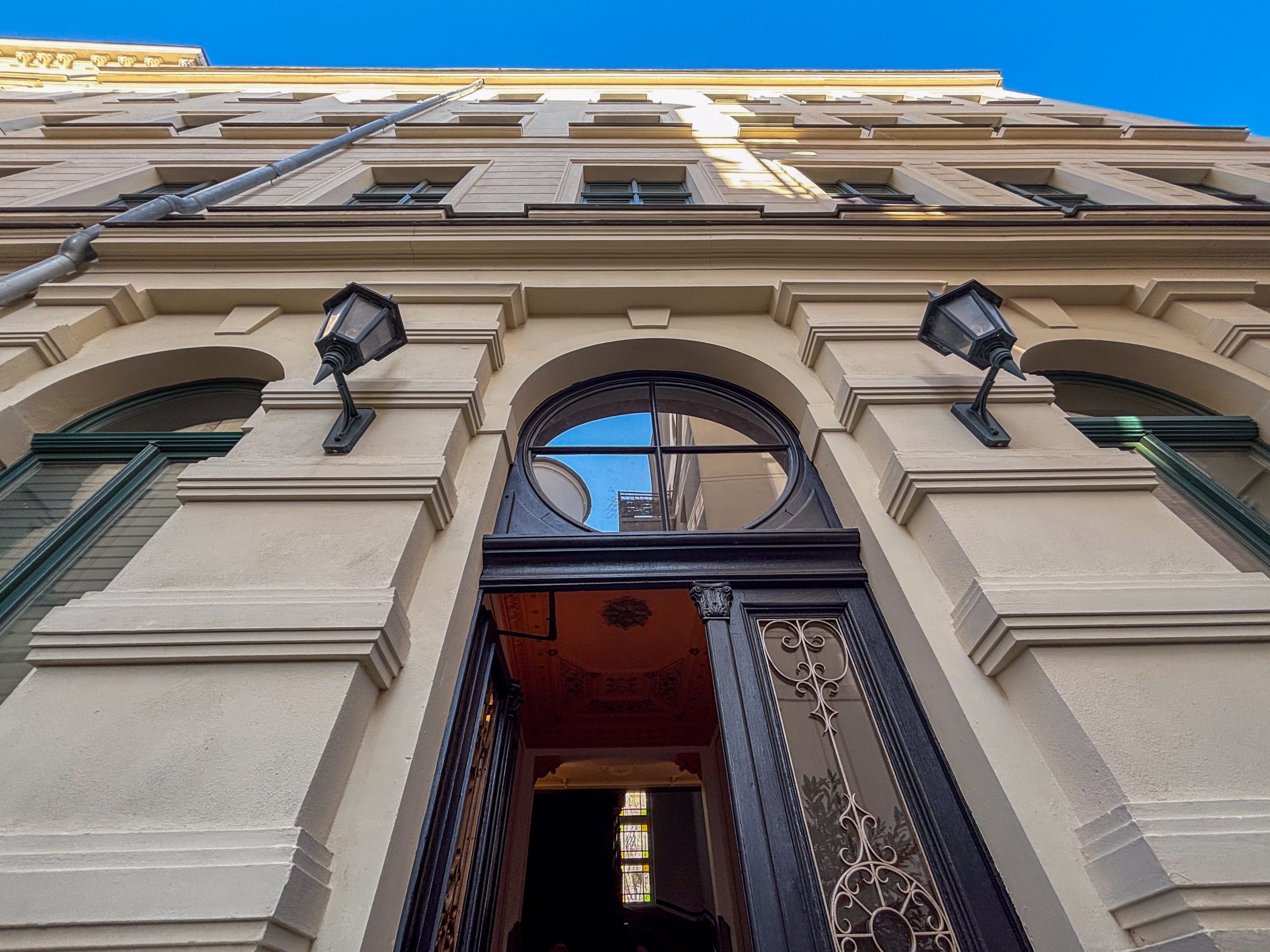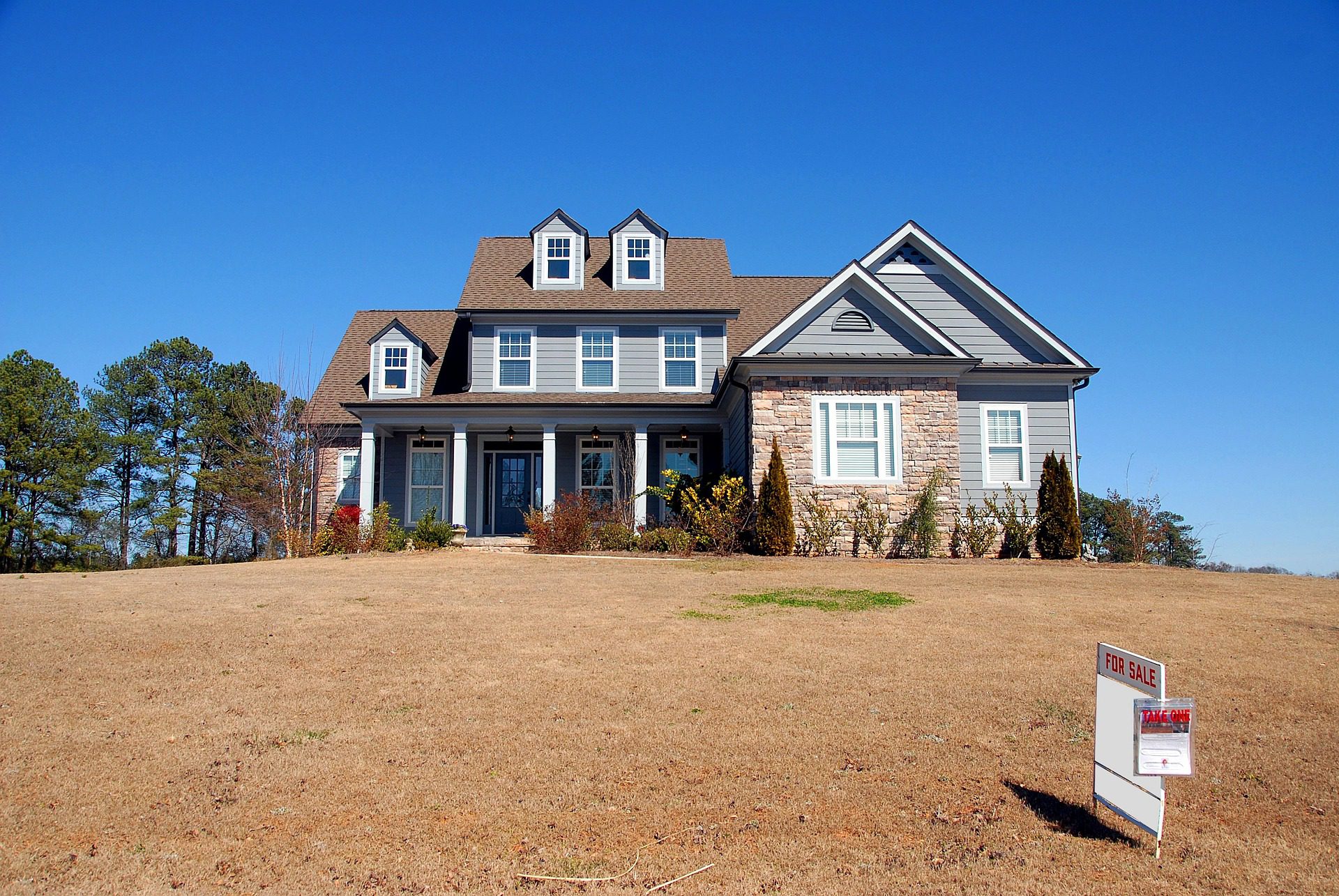Rents and purchase prices rise moderately: Spread between new contract and existing rents continues to increase – Catella Research
Average rent in Europe is €20.43/m², an increase of 4.5% compared to the previous year. Dublin shows the highest rents with an average of €45.00/m². Purchase prices for condominiums with slight growth of 2.7% compared to the previous year to €5,795/m². Spreading new contract and existing rents increases the lock-in effect and leads to misallocation and overcrowding.
In the third quarter of 2025, the European housing market is showing an increasingly clear spread between new contract rents and existing rents. While rents actually paid have risen much more slowly than other consumer prices in recent years, new contract rents have developed at an above-average pace – but recently at a slightly lower growth rate. Purchase prices also continue to rise on average, while yields stabilize.
The European Commission explicitly addresses the issue of housing shortages as a systemic challenge: According to the EU Commission, there is a shortage of several million affordable housing units in the EU, especially for young and low-income households. She emphasizes that rent increases are mainly caused by new contracts and the structurally insufficient supply – much less by existing rents.
“The housing shortage is no longer a one-off phenomenon, but a structural market disruption,” says Dr. Lars Vandrei, Head of Research at Catella Investment Management GmbH (CIM). “The spread between existing and new contract rents shows that cost pressure arises primarily when changing homes – not in the existing situation. The resulting distorted incentives for households lead to misallocations that are not only suboptimal for the households themselves, but also lead to an inefficient market outcome and thus economic damage.”
Market data – rental growth drives purchase prices
The differences between the markets remain significant: while some European capitals continue to show strong rental dynamics, others are well below average. Across all markets analysed, the unweighted average rent in Q3 2025 is €20.43/m² per month – an increase of 2.1% compared to Q1 (€20.02/m²) and 4.5% year-on-year. The pressure remains particularly high in Ireland: Dublin once again stands out clearly at €45.00/m² and clearly distances itself from other top European markets such as London (€39.50/m²) and Zurich (€33.60/m²). Significantly more affordable markets such as Leipzig (€10.30/m²) or Liège (€11.10/m²) continue to be well below average.
Purchase prices for condominiums in Europe continued to stabilise in Q3 2025: the unweighted average is €5,795/m², a moderate increase of 1.7% over the past six months and 2.7% year-on-year. While prime yields average 4.57% and thus remain largely unchanged, the rising purchase prices can be attributed to the higher rent level.
Focus on Germany
In the eight largest German cities, new contract rents show little movement on average across all apartment types. While they are moving roughly sideways on average, the largest cities of Berlin (€17.00/m²), Hamburg (€16.90/m²), Munich (€24.00/m²) and Cologne (€15.10/m²) are showing slightly lower rents. However, this is due in particular to the fact that the proportion of new-build apartments in the evaluation has decreased, and the average rent thus contains relatively more (cheaper) existing apartments.
While purchase prices in Munich and Stuttgart have also fallen marginally in statistical terms, the other German markets show higher purchase prices compared to Q1 2025 – especially Cologne (+5.3%) and Düsseldorf (+7.6%). Yields have fallen in all of Germany’s eight largest cities – Berlin and Munich have the lowest yields at 3.90%, while Leipzig has the highest yields at 5.00%.
Special Topic: Mobility Restricted – “Lock-in Effect” Intensifies
As a special topic, Catella analyzes the development of market rents, rents actually paid and consumer prices. The analysis shows that, on average, the housing cost burden has not risen more than other living costs. Over the past five years, consumer prices in the EU have risen by 4.8% per year, while rents actually paid have risen by only 2.6%. Only Ireland, Portugal and Poland recorded faster increases in actual rents. Together with Spain, where market rents have risen by an average of 8.7% per year, these countries are among the markets with particularly strong rental growth. The Netherlands is the only market besides Poland where market rents (2.5% per year) have risen more slowly than rents actually paid.
“Across Europe, residential rents in Ireland have risen the most, with an annual increase of 12.3% over the past five years,” says Petra Blazkova, Head of Catella Group Research and Strategy. “The Irish economy and its housing market, despite its greater cyclicality, have benefited from Brexit and given the country an entrepreneurial advantage in the current global geopolitical uncertainty. However, the core problem lies elsewhere: market rents for new contracts have risen twice as much as existing rents, not only in Ireland, but in most European cities.”
This reinforces the “lock-in effect”: households move less often because they cannot or do not want to bear the significantly higher rents when they move – even if another apartment or location would better suit their needs. For example, labor mobility suffers when moving from Berlin to Hamburg becomes unaffordable for a new job. Mobility within regional markets is also restricted: households remain in apartments that are now too small, leading to increasing misallocations and overcrowding.




